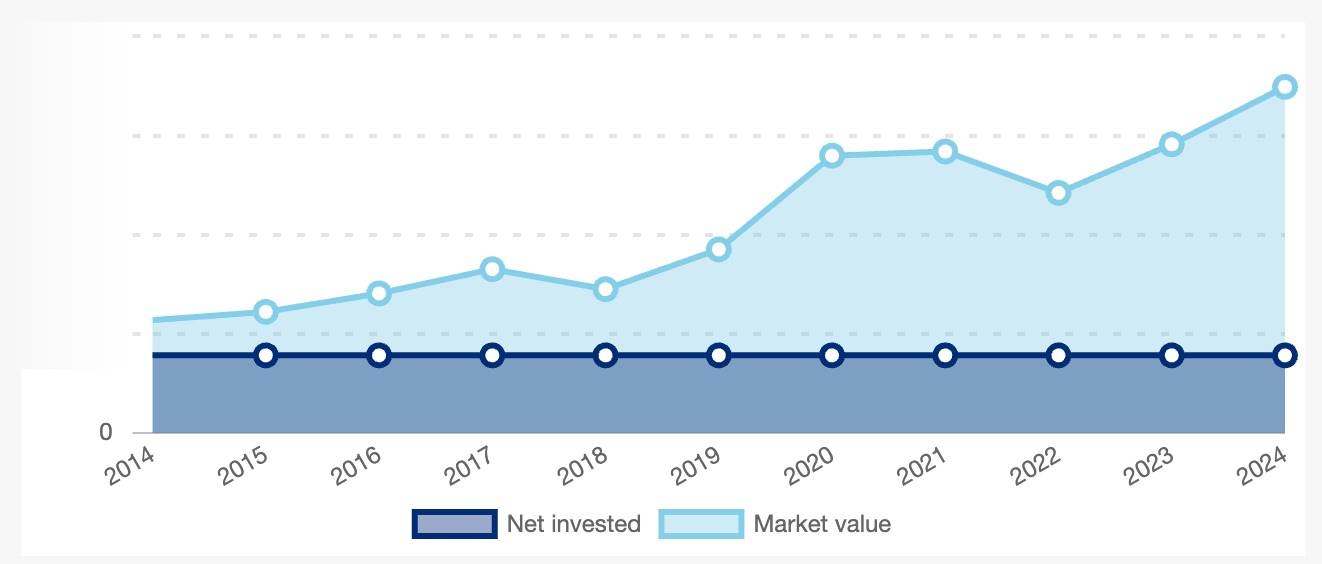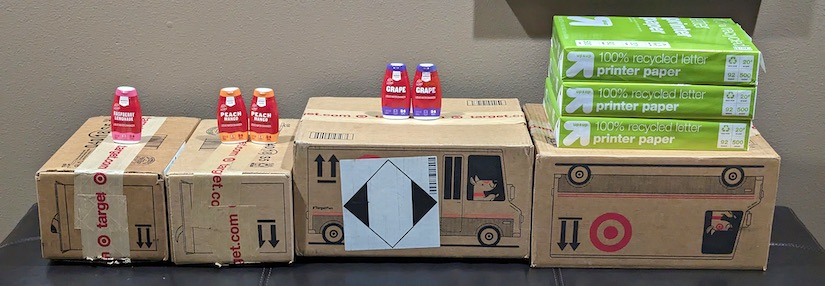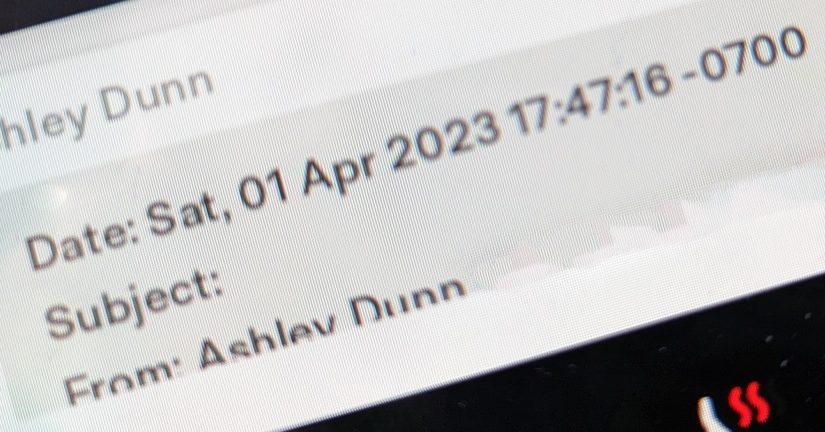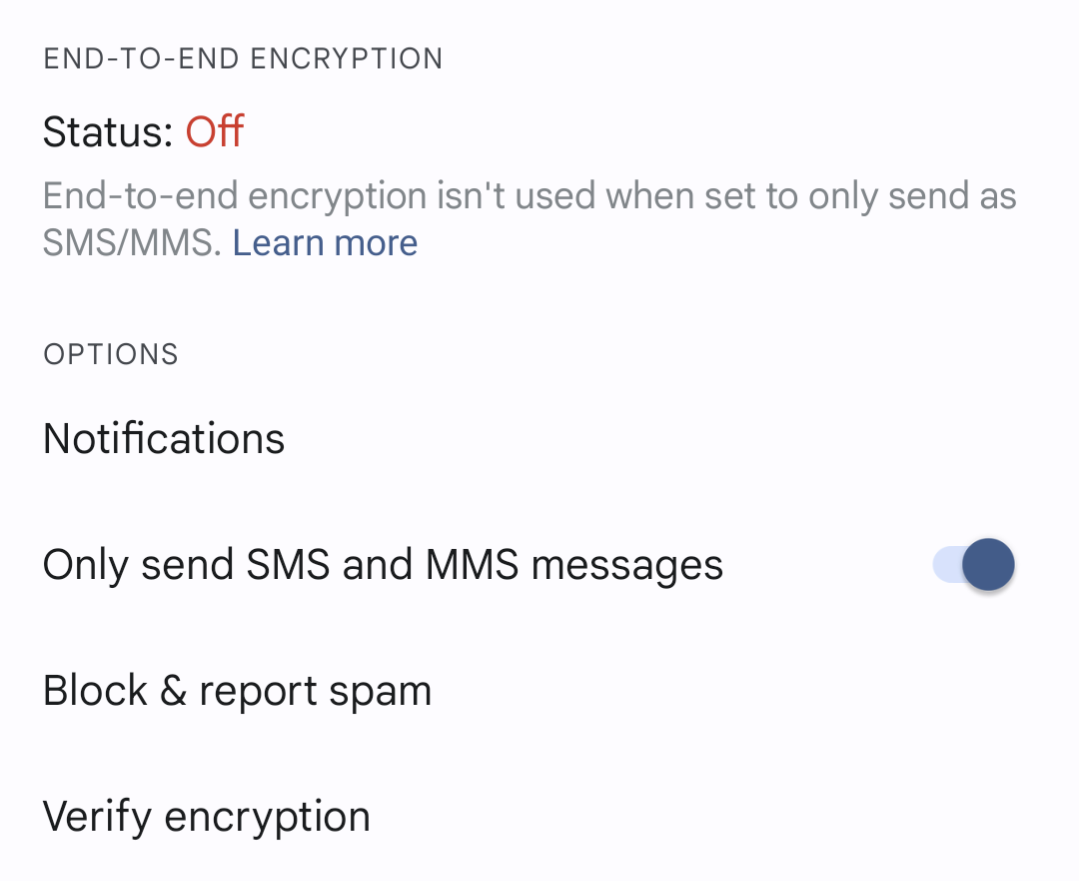There’s a famous quote attributed to Albert Eistein that came to mind as I thought about writing this post:
“Compound interest is the eighth wonder of the world. He who understands it, earns it. He who doesn’t, pays it.”
– Albert Einstein
Whether or not he was the one who said it is irrelevant. What is relevant is the fact that this statement is absolutely true; compound interest/growth is one of the most powerful tools someone can deploy to build long-term wealth and retire with dignity…and I daresay joy if you have enough saved to enjoy your final years. I am planning to be in the latter group with my wife, traveling the world. 🌎
It’s not often that life offers an individual a pure economic laboratory, but when I moved from Canada to the USA in 2011, a very specific limitation was placed upon me: I could no longer make contributions to my Canadian retirement savings account (we call them RRSPs). My investment accounts were/are made up of Fid. Special Situations Series B and Fid. Canadian Asset Allocation Series B.
This meant that unlike most retirement accounts that benefit from regular contributions and growth over time, my account would not get another penny of mine added to it. So, what have the results been after 12 years? If ever a picture was worth a thousand words, the one below is. ⬇️

I’ve removed the numbers, as this post isn’t about my personal finances, it’s about how powerful compound growth is. The web site showing the data doesn’t allow me to go back to 2011 for the above chart, but that was the year I transferred money into this investment account, then I left for the USA. My investments grew 15% by the start of 2013, the first full year of growth.
The dark blue line on the bottom of the above chart that stays constant is the total amount of my initial investment. The upper light blue line shows the growth of that investment over a 10-year period. You can see slow but constant growth from 2014-2017, a market crash in 2018 that hurt*, then a strong rise from 2018 to 2020. 2022 was a rough year, then it’s been rising strongly ever since. Will it crash again? Yes. Will it rise again, even higher than before? Yes, that’s very likely.
The bottom line? My initial investment has, via means of compound growth in the stock market and continual re-investment of dividends, increased by 346% from 2011. That’s an average of 28.8% growth per year.
It breaks my heart 💔 when I see financially illiterate people talk about how they don’t trust the stock market or investments and believe cash in a savings account paying essentially nothing is the best way to plan for their future. It’s not. Anyone who takes this approach is robbing their future self of economic benefit.
If you’re not sure where to start, I’m a big believer in automated investment platforms such as Wealthfront or Wealthsimple if you’re in Canada. They combine friendly, easy technology, automated investing, and low fees.
So go forth, invest, and be patient. 🤑
* A critical mistake some people make is reacting to financial pain in the market by taking their money out. When they do that, they miss out on the inevitable upswing that always comes after a crash. I’ve watched this play out in my investing lifetime twice, once in the 2009-2010 era, and again when Covid19 hit.












